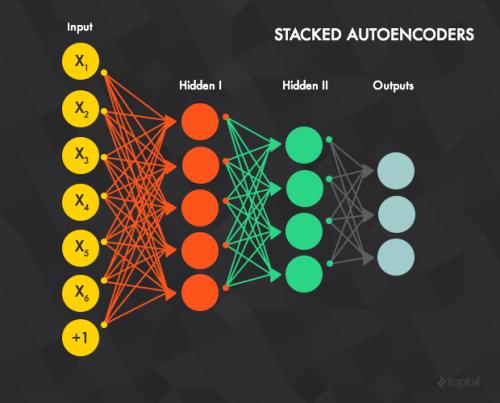We apply digitized Quantum Annealing (QA) and Quantum Approximate Optimization Algorithm (QAOA) to a paradigmatic task of supervised learning in artificial neural networks: the optimization of synaptic weights for the binary perceptron. At variance with the usual QAOA applications to MaxCut, or to quantum spin-chains ground state preparation, the classical Hamiltonian is characterized by highly non-local multi-spin interactions. Yet, we provide evidence for the existence of optimal smooth solutions for the QAOA parameters, which are transferable among typical instances of the same problem, and we prove numerically an enhanced performance of QAOA over traditional QA. We also investigate on the role of the QAOA optimization landscape geometry in this problem, showing that the detrimental effect of a gap-closing transition encountered in QA is also negatively affecting the performance of our implementation of QAOA.
翻译:我们将数字化的Qantum Annaaling(QA)和Quantum Aportimization Agorithm(QAOA)用于在人工神经网络中监督学习的范式任务:优化二进制天体的合成重量。与通常对MaxCut的QAOA应用不同,或者与量子旋转链地面状态的准备不同,古典汉密尔顿人的特征是高度非本地的多层相互作用。然而,我们提供了证据,证明QAOA参数存在最佳的顺畅解决方案,这些参数可在同一问题的典型例子中转移,而且我们从数字上证明QAOA相对于传统的QA。 我们还调查QAA优化地貌测量在此问题上的作用,表明QA遇到的差距封闭过渡的有害影响也不利于我们实施QAOA的情况。



